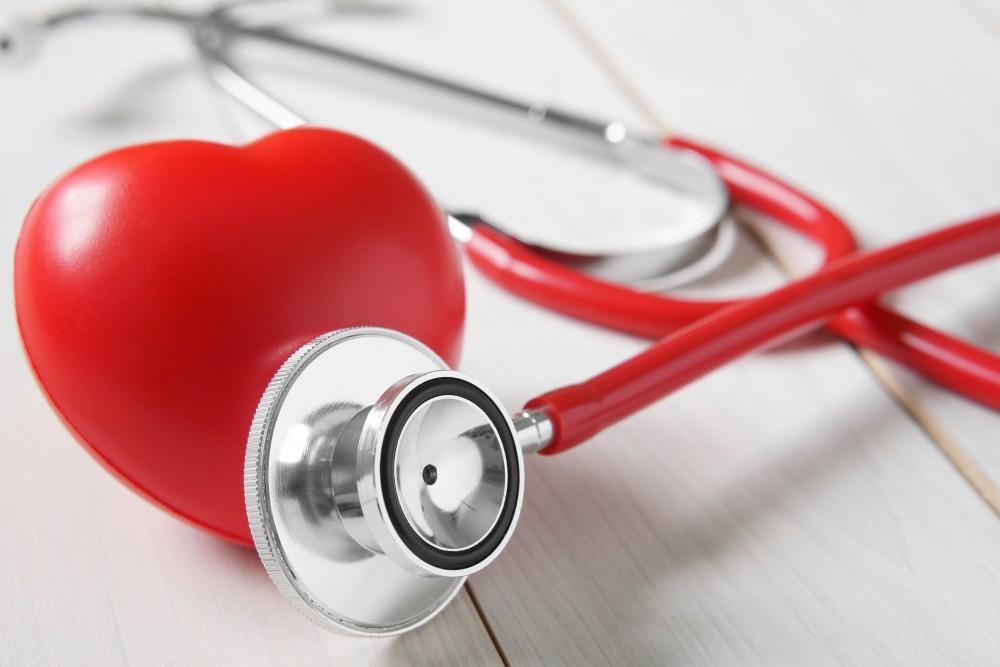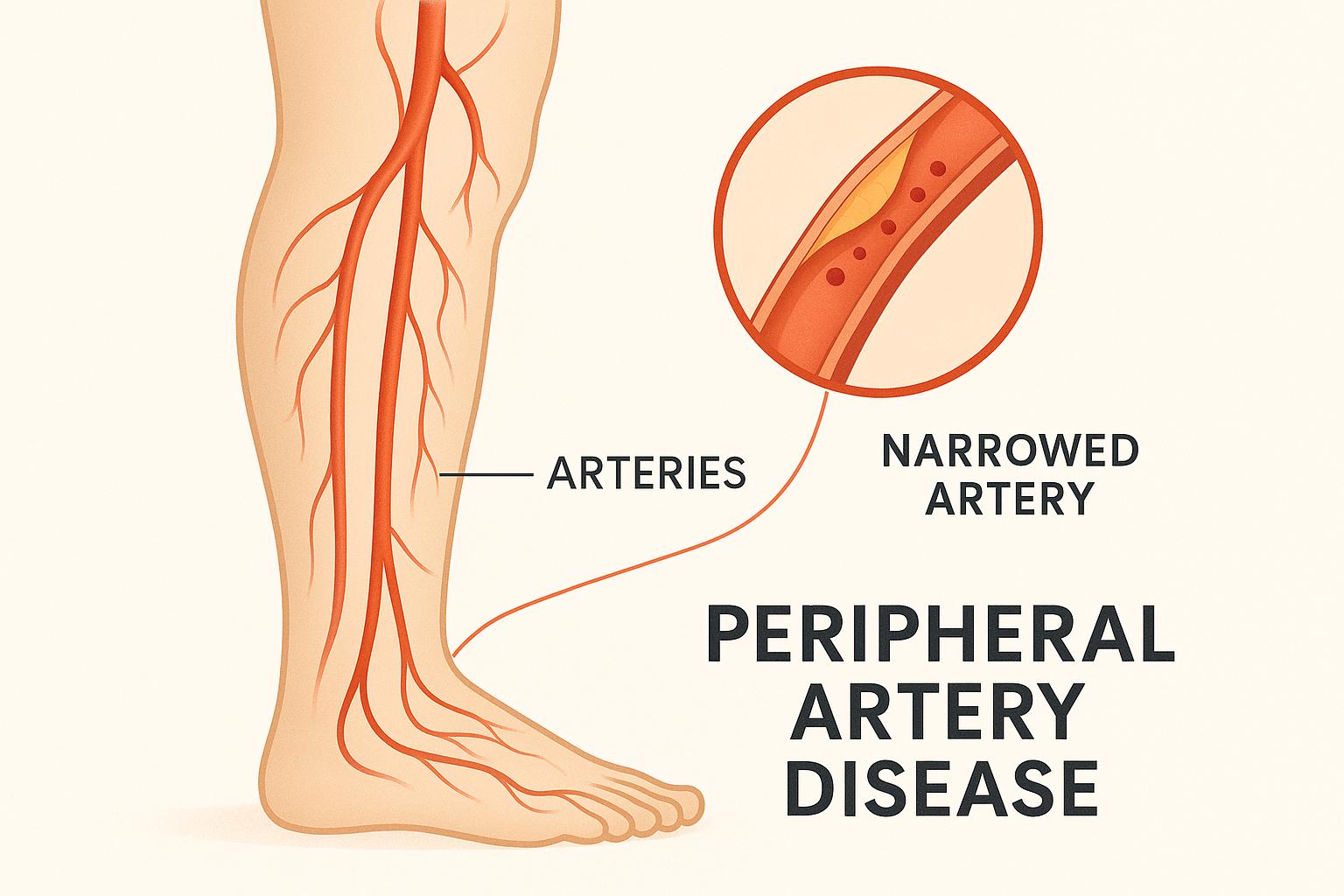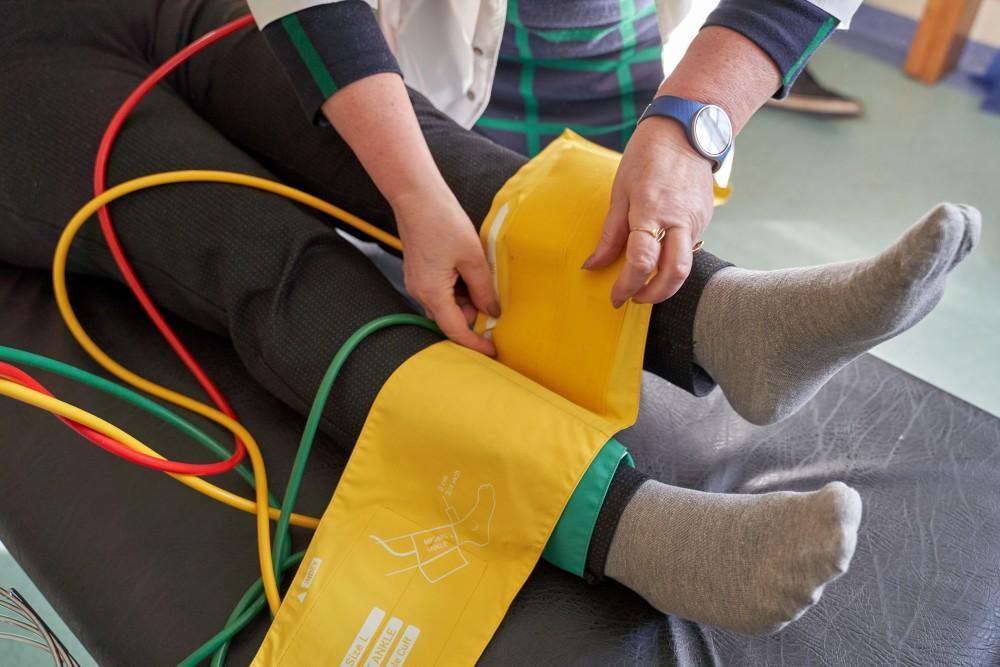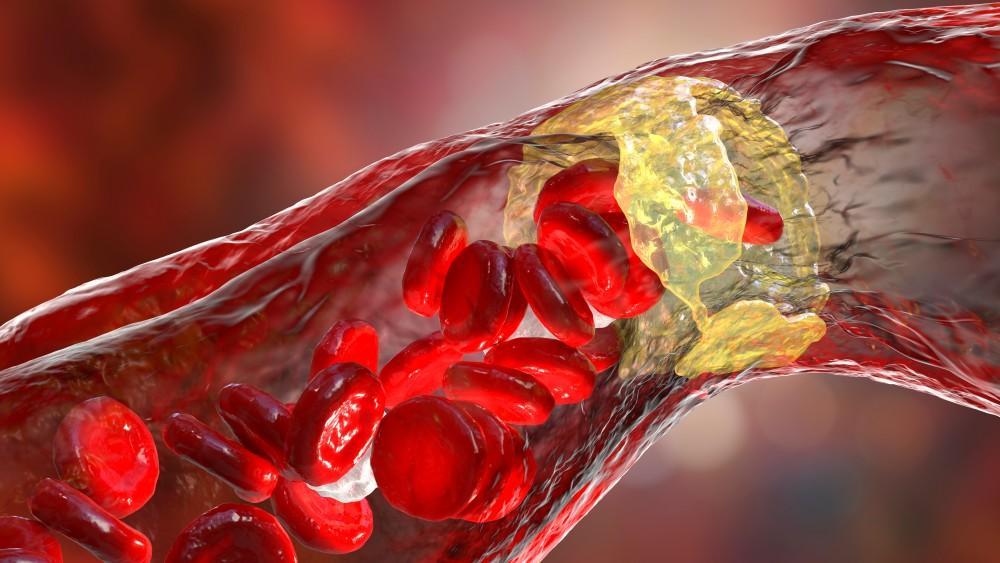Heart attacks and strokes can be the devastating result of atherosclerosis, which is the narrowing of your arteries. Arteries are the superhighways that deliver blood and oxygen to other parts of your body, like your legs, your heart, and your brain.
If that flow is clogged by a buildup of cholesterol, plaque, fat, or other substances, your brain, heart, and extremities are deprived of oxygen. After about three or four minutes, that tissue begins to die.
Dr. Rishin Shah at Prime Heart and Vascular helps patients throughout the Greater Dallas area catch problems that may lead to atherosclerosis, and treats conditions caused by it, such as peripheral artery disease (PAD), heart attack, or carotid artery disease. Each has unique signs and symptoms that can alert you to impending danger. If you or a loved one has or is at risk for atherosclerosis, you need to be aware of these red flags.
Here, Dr. Shah explains carotid artery disease and what to look for in an emergency.
All about your carotid arteries
Different arteries have different destinations. Your carotid arteries run from your heart, along both sides of your neck, to the front of your brain — the part that controls your motor skills, your ability to talk and think, and your personality.
This is the spot on your neck where you can check your heart rate, because the blood flow, or pulse, is strong there and easy to feel.
Conditions that cause your carotid arteries to narrow
When your carotid arteries become narrowed, also called stenosis, and the lining is damaged, you have carotid artery disease (CAD). But how did you get here? Several things are known to cause CAD, or increase your risk of it:
- Family history of CAD
- Smoking
- Having high blood pressure
- Having high cholesterol
- Diabetes
Old age is another factor common to those with CAD, especially those who are overweight and lead a sedentary lifestyle.
Ironically, if your carotid arteries become damaged, your body naturally tries to heal them, which results in the buildup of plaque and makes the problem worse.
Spotting the signs of carotid artery disease
Unfortunately, you may have CAD and not even know it. It often shows no signs until you experience some type of episode. That’s why it’s so important to have regular check-ups with Dr. Shah, especially if you fall into one of the high-risk categories. If you do have symptoms, here’s what they’ll look like.
Whooshing heart sounds
This isn’t something you can check at home, but it’s easily detected during a routine check-up. Dr. Shah listens to your heart through a stethoscope to determine whether there are any abnormal sounds or patterns. If he hears a bruit, or a whooshing sound, it indicates narrowed carotid arteries. In this case, he may order an ultrasound of your neck to get a visual confirmation.
Mini stroke
It could be that a mini stroke, or transient ischemic attack (TIA), is your first clue that you have CAD. Although it sounds worse than it is, it’s nothing to ignore. A TIA is a serious warning sign that you need to get your health under control to avoid life-threatening consequences. Here’s what a TIA feels and looks like:
- You feel dizzy and can’t keep your balance
- Your vision is blurry
- One side of your body goes weak or numb, even in your face
- You get a sudden headache
- You have trouble forming words and speaking
- You can’t understand what people are saying to you
- You start to drool
A TIA is a medical emergency, so you should call 911 immediately. Don’t drive yourself! If you seek medical attention right away, you can avoid damage and consider yourself fortunate to know what’s going on inside your arteries so you can take steps to correct it.
Full-fledged stroke
You can’t predict a TIA, nor can you predict a stroke. Both seem to come out of nowhere. And while symptoms of both are the same, the consequences are not. A TIA has short-term effects, and a stroke can cause permanent damage to your brain.
A TIA may be a precursor to a major stroke, but not always.
While both are emergencies and require immediate medical attention, it’s particularly important to get help within the first four hours if you’re having a stroke for your best chance of a full recovery. Most people survive strokes, although some live with the resulting brain damage, and about 13% don’t survive the attack.
How to live with carotid artery disease
Dr. Shah treats your CAD with expertise and compassion, using medication, lifestyle changes, and even surgery to get your arteries working again so you can live a long and healthy life.
If you have CAD or are concerned about it developing, call or text any of our three locations, or you can book an appointment online today. You can also send a message to Dr. Shah and the team here on the website.





